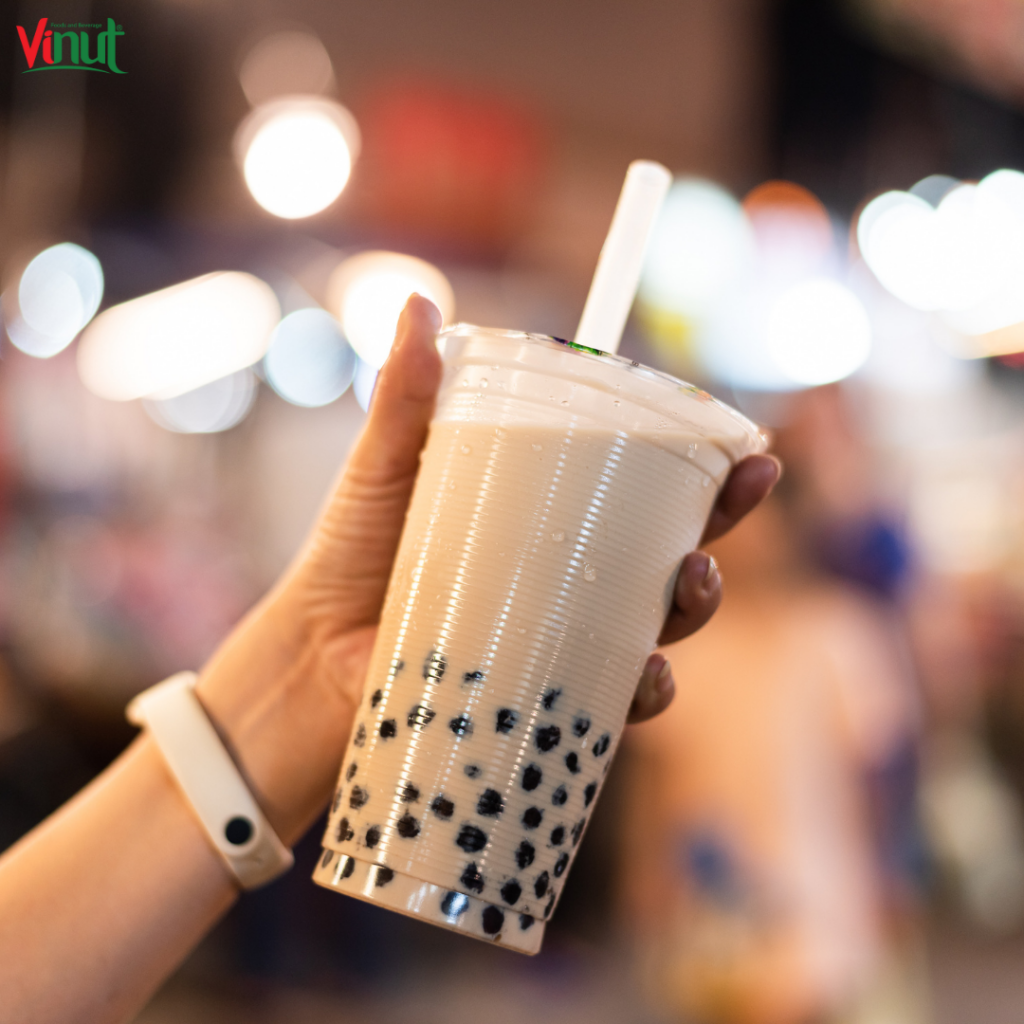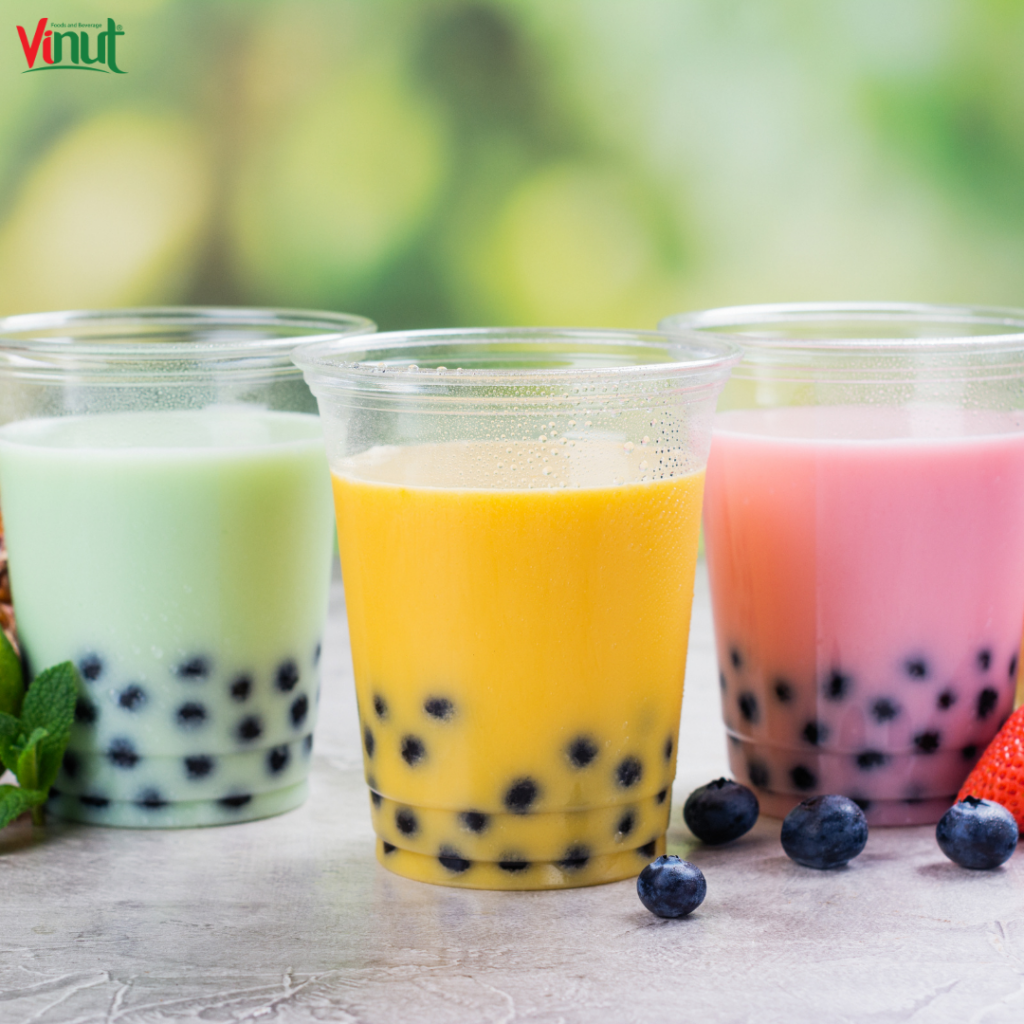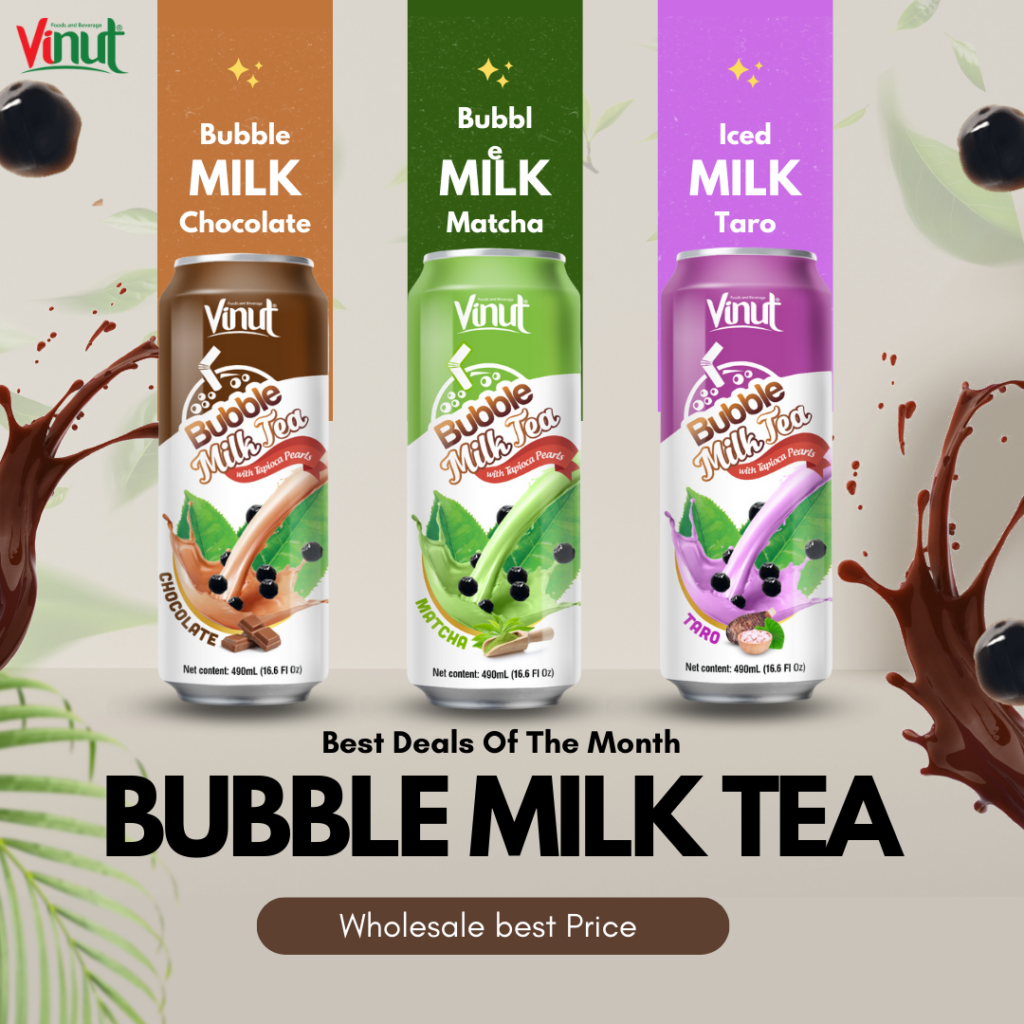
News
The Role of Bubble Tea in Asian Culture

Bubble tea, also known as boba tea, is more than just a popular beverage; it is a cultural phenomenon that has deeply influenced Asian societies and beyond. Originating in Taiwan in the 1980s, bubble tea has since spread across the globe, becoming a symbol of contemporary Asian culture. This article Cojo Cojo explores the origins of bubble tea, its cultural significance, and its impact on Asian communities.

Table of Contents
Origins of Bubble Tea
Inventing a Cultural Icon
Bubble tea was first created in Taiwan during the early 1980s. It began as a simple experiment by tea vendors seeking to revitalize their businesses. The original version was a mixture of black tea, milk, and sweeteners, with chewy tapioca pearls added for texture. This innovative combination quickly gained popularity, evolving into the diverse array of flavors and styles available today.
The Rise to Popularity
The rise of bubble tea can be attributed to its unique texture and customizable nature. The chewy tapioca pearls, also known as boba, provided a novel experience that captivated consumers. As the drink became more popular, tea shops started experimenting with different tea bases, flavors, and toppings, creating an endless variety of bubble tea options.
Cultural Significance of Bubble Tea in Asian
A Symbol of Modernization
In many Asian countries, bubble tea represents modernization and global connectivity. It embodies the blend of traditional and contemporary elements, combining the ancient practice of tea drinking with modern flavors and textures. This fusion has made bubble tea a symbol of the new, dynamic Asia.
Social Gathering and Community
Bubble tea shops serve as popular social hubs in Asian cities. They are places where friends gather, students study, and professionals take breaks. The relaxed and welcoming atmosphere of bubble tea shops makes them ideal for social interaction, fostering a sense of community.

Youth Culture and Identity
For many young Asians, bubble tea is more than just a drink; it is an expression of their identity. The customization options available— from the type of tea to the sweetness level and choice of toppings—allow individuals to create a drink that reflects their personal taste. This personalization has made bubble tea a staple of youth culture in many Asian countries.
Economic Impact
Boosting Local Economies
The bubble tea industry has had a significant economic impact on local economies across Asia. Small tea shops and large franchises alike have thrived, creating jobs and supporting local businesses. The popularity of bubble tea has also spurred the growth of related industries, such as the production of tapioca pearls and tea leaves.
Exporting Culture
Bubble tea has also become an important cultural export for Asian countries. The spread of bubble tea shops worldwide has introduced this unique aspect of Asian culture to a global audience, promoting cultural exchange and understanding.
Health and Lifestyle
Nutritional Considerations
While bubble tea is beloved for its taste and texture, it has also sparked discussions about health and nutrition. The high sugar content in many bubble tea recipes has raised concerns among health-conscious consumers. However, many shops now offer healthier options, such as reduced sugar levels and the use of natural sweeteners.
Lifestyle and Trends
Bubble tea has influenced lifestyle trends in Asia, particularly among younger generations. The beverage’s popularity has given rise to related trends, such as bubble tea-themed merchandise and social media challenges. These trends reflect the deep cultural integration of bubble tea into everyday life.

Cultural Adaptations
Regional Variations
As bubble tea spread across Asia, it adapted to fit regional tastes and preferences. In Japan, for example, matcha bubble tea is a popular variation, while in Southeast Asia, tropical fruits are often incorporated into the recipes. These regional adaptations highlight the versatility of bubble tea and its ability to transcend cultural boundaries.
Innovations and Creativity
The creative potential of bubble tea is endless. From adding cheese foam to incorporating unique toppings like aloe vera and basil seeds, bubble tea continues to evolve. This innovation keeps the drink exciting and relevant, attracting new generations of consumers.
Global Influence
International Popularity
Bubble tea’s influence has extended far beyond Asia. In recent years, bubble tea shops have sprung up in major cities around the world, from New York to London to Sydney. This global presence has introduced millions of people to the joys of bubble tea and has helped to promote Asian culture on an international stage.

Cultural Exchange
The global popularity of bubble tea has facilitated cultural exchange. As people from different backgrounds enjoy bubble tea, they gain insight into Asian culinary traditions and cultural practices. This exchange fosters greater understanding and appreciation between cultures.
Sustainability and Future Trends
Sustainable Practices
With the increasing focus on sustainability, many bubble tea shops are adopting eco-friendly practices. From using biodegradable straws to sourcing organic ingredients, the bubble tea industry is making strides towards sustainability. These efforts are important for ensuring the long-term viability of bubble tea and reducing its environmental impact.
Future Trends
Looking ahead, the future of bubble tea looks bright. As consumers become more health-conscious and environmentally aware, we can expect to see more innovations in the industry. Healthier ingredients, sustainable packaging, and new flavor combinations will continue to shape the evolution of bubble tea.

Conclusion
Bubble tea is more than just a drink; it is a cultural icon that has profoundly impacted Asian societies and beyond. From its humble beginnings in Taiwan to its global popularity today, bubble tea embodies the dynamic blend of tradition and modernity that defines contemporary Asia. Its role in fostering social connections, boosting local economies, and promoting cultural exchange highlights its significance in Asian culture. As bubble tea continues to evolve, it will undoubtedly remain a beloved and integral part of Asian and global culture.
FAQs
1. How did bubble tea originate? Bubble tea originated in Taiwan during the 1980s as a creative experiment by tea vendors to revitalize their businesses. It quickly gained popularity due to its unique texture and customizable nature.
2. Why is bubble tea significant in Asian culture? Bubble tea represents modernization, social interaction, and youth identity in many Asian countries. It serves as a symbol of the blend between traditional and contemporary elements, fostering a sense of community and cultural expression.
3. What are the health concerns related to bubble tea? The high sugar content in many bubble tea recipes has raised health concerns. However, many shops now offer healthier options with reduced sugar levels and natural sweeteners.
4. How has bubble tea influenced global culture? Bubble tea has spread worldwide, introducing millions of people to Asian culinary traditions and promoting cultural exchange. Its international popularity has helped to foster greater understanding and appreciation between cultures.
5. What are the future trends for bubble tea? Future trends for bubble tea include the use of healthier ingredients, sustainable packaging, and innovative flavor combinations. The industry is also moving towards more eco-friendly practices to ensure long-term sustainability.
